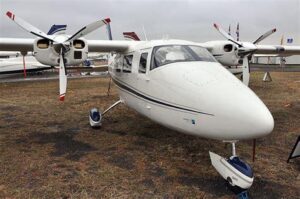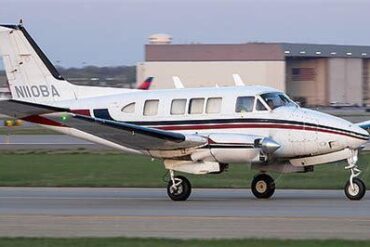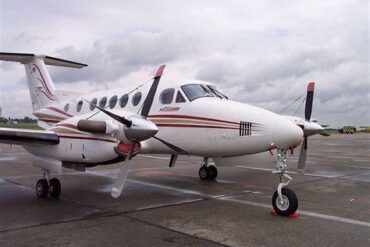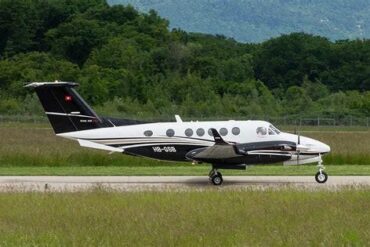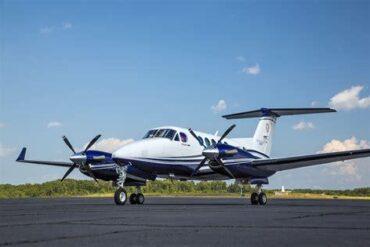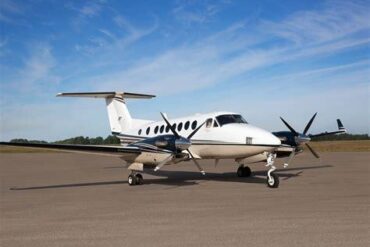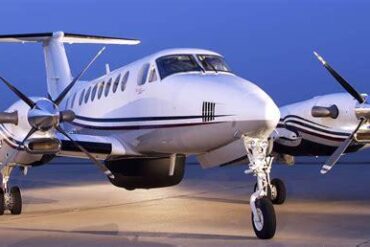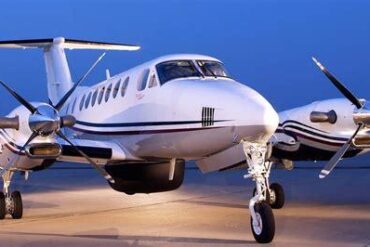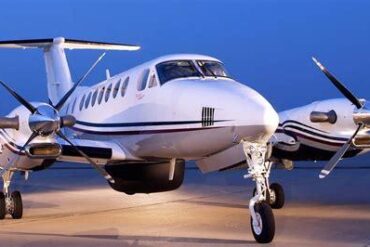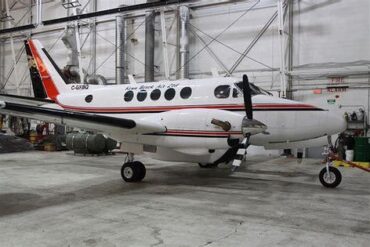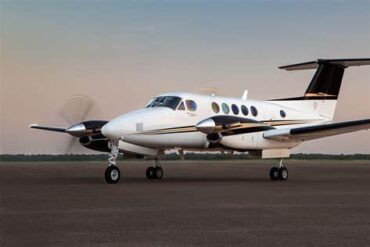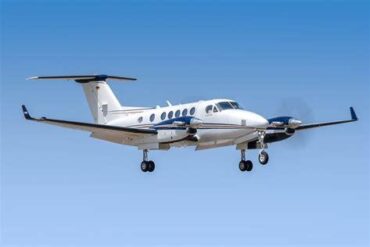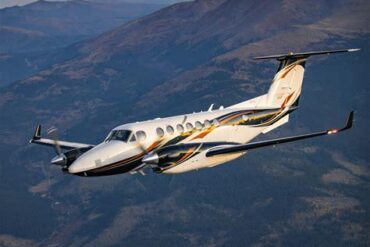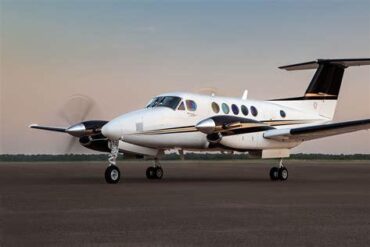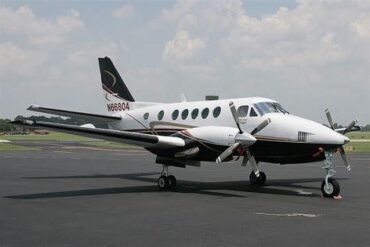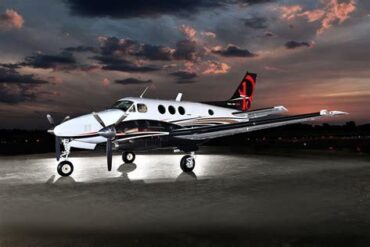The Vulcan Air P68C is a remarkable light aircraft known for its versatility and efficiency, making it a popular choice among various aviation sectors, including charter services, surveillance, and aerial photography. Understanding the price and operating costs associated with the P68C is essential for potential buyers and operators who want to make informed decisions. This comprehensive article will delve into the financial aspects of owning and operating a Vulcan Air P68C, providing detailed insights into its costs, value, and overall economic performance.
1. Overview of the Vulcan Air P68C
The Vulcan Air P68C is a twin-engine aircraft characterized by its high-wing design, robust construction, and excellent performance capabilities. It seats up to six passengers and features a spacious cabin, making it ideal for various missions. The aircraft is powered by two Lycoming IO-360 engines, delivering a combined output of approximately 360 horsepower. Its cruise speed is around 130 knots, with a maximum range of about 600 nautical miles. These specifications highlight its efficiency and capability, contributing to its attractiveness in the market.
2. Purchase Price of the Vulcan Air P68C
The purchase price of the Vulcan Air P68C varies based on several factors, including age, condition, and any modifications made. On average, the market price for a used P68C ranges from $350,000 to $600,000. However, newer models or those equipped with advanced avionics and features may command prices at the higher end of this range or beyond.
2.1 Factors Influencing the Price
-
Age of the Aircraft: Older models generally cost less due to depreciation, while newer versions retain higher values.
-
Condition: The aircraft’s maintenance history, overall wear and tear, and accident history play significant roles in determining its market price.
-
Equipment and Upgrades: Enhanced avionics, modern communication systems, and luxury cabin upgrades can substantially increase the aircraft’s price.
-
Market Demand: Fluctuations in the aviation market and demand for light aircraft can also affect prices.
3. Financing Options for the Vulcan Air P68C
When considering the purchase of a Vulcan Air P68C, various financing options are available to prospective buyers. These options can include:
-
Traditional Bank Loans: Many buyers opt for conventional loans from banks or financial institutions that specialize in aircraft financing. Terms typically range from 10 to 20 years, with competitive interest rates depending on the buyer’s creditworthiness.
-
Leasing: Aircraft leasing can be an attractive option for those looking to minimize upfront costs. Leases can vary in structure, allowing for flexible terms and payment schedules.
-
SBA Loans: Small Business Administration loans are available for eligible buyers, offering favorable terms and lower down payments for those using the aircraft for business purposes.
4. Operating Costs of the Vulcan Air P68C
Understanding the operating costs associated with the Vulcan Air P68C is crucial for budgeting and financial planning. These costs encompass various factors, including fuel, maintenance, insurance, and pilot salaries.
4.1 Fuel Costs
Fuel costs represent a significant portion of the overall operating expenses. The P68C has an average fuel consumption of approximately 20 gallons per hour. With the average cost of aviation fuel ranging from $5 to $7 per gallon, operators can expect fuel costs to be:
- Fuel Cost per Hour:
| Fuel Price (per gallon) | Hourly Fuel Consumption (gallons) | Fuel Cost per Hour |
|---|---|---|
| $5 | 20 | $100 |
| $6 | 20 | $120 |
| $7 | 20 | $140 |
Thus, operators can anticipate spending between $100 and $140 per hour on fuel, depending on current fuel prices.
4.2 Maintenance Costs
Maintenance is another critical aspect of operating an aircraft. For the Vulcan Air P68C, maintenance costs can vary widely based on usage, age, and maintenance practices. On average, annual maintenance costs can be estimated at around $20,000 to $30,000. This figure includes:
-
Scheduled Maintenance: Regular inspections and part replacements mandated by aviation authorities.
-
Unscheduled Repairs: Unexpected repairs due to wear and tear or component failures.
-
Parts and Labor: Costs associated with labor for mechanics and the purchase of replacement parts.
4.3 Insurance Costs
Insurance is a necessary expense for aircraft ownership. The cost of insuring a Vulcan Air P68C typically ranges from $5,000 to $10,000 per year, depending on factors such as:
-
Pilot Experience: More experienced pilots may secure lower insurance premiums.
-
Aircraft Usage: Aircraft used for commercial purposes may incur higher premiums compared to private use.
-
Coverage Levels: Comprehensive coverage may increase the cost compared to basic liability coverage.
4.4 Pilot Salaries
If the Vulcan Air P68C is operated commercially, pilot salaries will contribute to operating costs. Depending on the pilot’s experience and certifications, salaries can range from $60,000 to $120,000 annually. For part-time operations or charter services, costs may be calculated on a per-flight basis, which can vary widely based on flight duration and pilot availability.
5. Overall Cost of Ownership
When considering the overall cost of ownership for a Vulcan Air P68C, it is essential to consolidate all operating expenses into a comprehensive annual budget. The following breakdown provides a clearer picture of the potential costs:
- Annual Operating Costs:
| Cost Category | Estimated Annual Cost |
|---|---|
| Fuel | $20,000 – $30,000 |
| Maintenance | $20,000 – $30,000 |
| Insurance | $5,000 – $10,000 |
| Pilot Salaries | $60,000 – $120,000 |
| Total | $105,000 – $200,000 |
This estimate indicates that the total annual operating costs for a Vulcan Air P68C can range from $105,000 to $200,000, depending on various factors.
6. Return on Investment (ROI)
Calculating the potential return on investment (ROI) for operating a Vulcan Air P68C is essential for both private and commercial operators. Several factors influence ROI, including utilization rates, operational efficiency, and revenue generation.
6.1 Revenue Generation
For commercial operators, the revenue generated from charter services or specialized missions can significantly impact ROI. Depending on the market and demand, a P68C can charge between $500 to $1,200 per hour for charter services. This can translate to substantial annual revenue:
- Estimated Annual Revenue (assuming 300 flight hours):
| Rate per Hour | Estimated Annual Revenue |
|---|---|
| $500 | $150,000 |
| $1,200 | $360,000 |
6.2 Cost Recovery and Profitability
Considering the operating costs, if a commercial operator can achieve a consistent utilization rate of 300 flight hours per year, the profit margin can be calculated:
-
Profit Margin = Revenue – Operating Costs
-
For $500 per hour:
-
Profit = $150,000 – $105,000 = $45,000 (low end)
-
For $1,200 per hour:
-
Profit = $360,000 – $200,000 = $160,000 (high end)
This analysis illustrates the potential profitability and viability of operating a Vulcan Air P68C, making it an attractive investment for aviation businesses.
7. Conclusion
In conclusion, the Vulcan Air P68C is a versatile and economically sound aircraft choice for various aviation needs. With a purchase price typically ranging from $350,000 to $600,000 and annual operating costs estimated between $105,000 and $200,000, potential operators can find value in this aircraft’s performance and capabilities.
Evaluating the potential return on investment based on operational efficiency and revenue generation further enhances the attractiveness of the P68C. Ultimately, whether for personal use or commercial operations, understanding the price and operating costs of the Vulcan Air P68C is crucial for making informed decisions in the aviation market.
